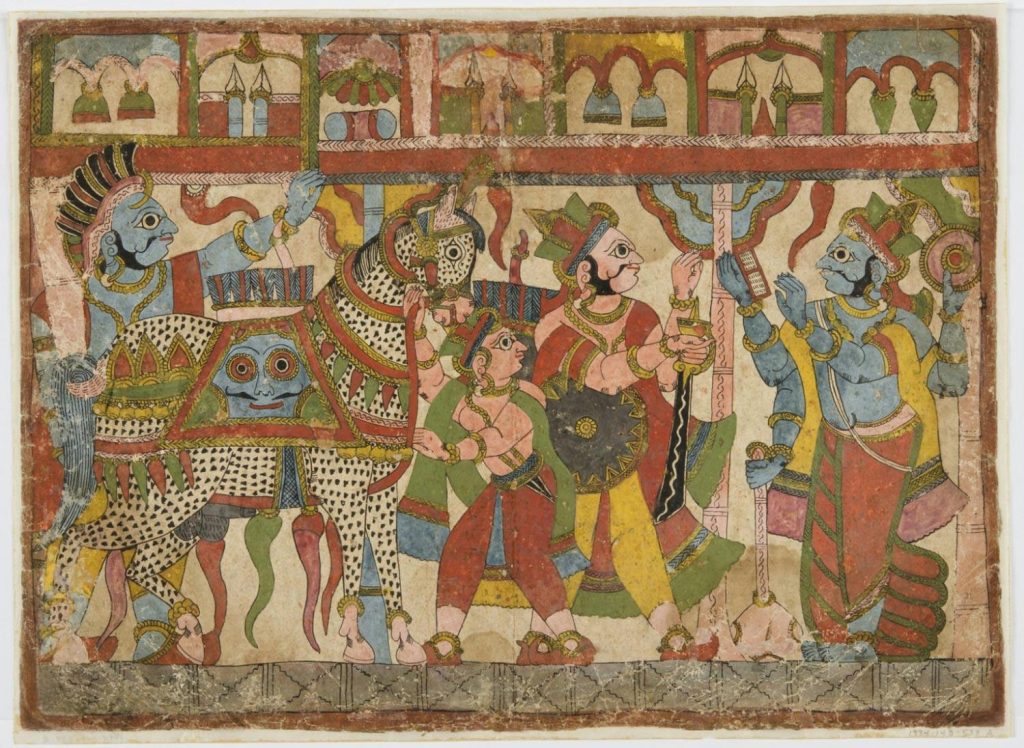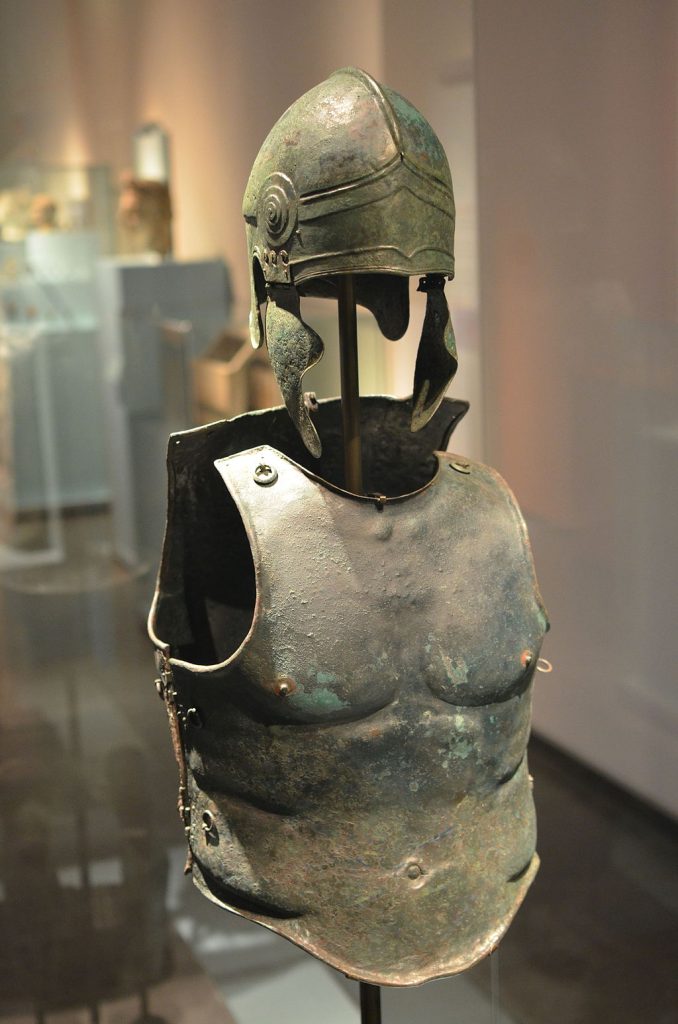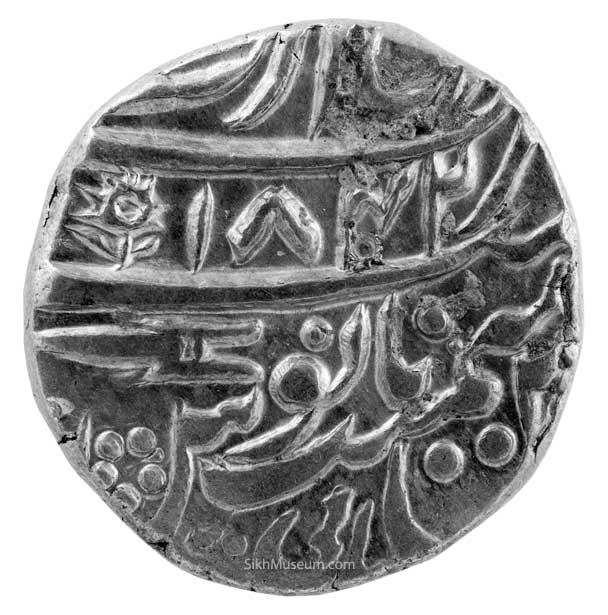ASWAMEDHA Performance of horse-sacrifice, donating gold against one\'s own weight, having a bath at Prayag, they are not equal to the merit of remembering the Name and singing the Praises of the Lord. (Gond Namdev, p. 873) Performing horse-sacrifice and donating gold secretly in fruit, they do not equal the merit of the Name of the Lord. (Ramkali Namdev, p. 973) Any king, who performed this sacrifice was considered a conqueror and a king of kings.
BHIVA, BHAI, and his brother, Rup Chand, businessmen of Sirhind, were devout Sikhs of the time of Guru Arjan. They lived honestly, celebrated the Sikh festivals, and entertained their brethren faith on such occasions. Once a Mughal came to deposit with them gold mohars hid in a hollow piece of bamboo. They put away the bamboopiece for safe custody, but forgot to make an entry of the deposit in their books. The Mughal returned after five years to claim the deposit.
Discover the poignant story of Guru Gobind Singh's sons in Bhai Dunna Singh's epic poem, once housed in Amritsar's Sikh Reference Library.
Explore Lanka's grandeur in the Ramayana—golden walls, vast moats, and Ravana's legendary abode, crafted by Vishwakarma. Unearth historical marvels now lost.
Dive into Makkhan Shah's journey, a trader of the Lubana clan, who discovered Guru Tegh Bahadur amid contenders in 1664, marking a pivotal Sikh moment.
Discover Ranjit Singh's regal grandeur and unmatched hospitality. His grandson's lavish wedding set a new standard in nobility & celebration.
Discover Sikh coins as symbols of sovereignty, featuring unique inscriptions dedicated to their Gurus. Uncover the fascinating legacy in numismatics.
Discover the valor of Singaru and Jaita, brave soldiers who served under Guru Hargobind, participated in battles, and exemplified true transformation.
AKHBARAT-I-DEORH!I-MAHARAJA RANJIT SINGH BAHADUR, a Persian manuscript written in nastaliq, mixed with shikasta, preserved in the National Archives of India at New Delhi. This is a copy of the roznamacha, i.e. a day today account, of the proceedings of the court of Maharaja Ranjit Singh covering the period from January to December 1825. Written in black ink on Sialkot paper, it comprises 677 folios. The name of the author/copyist does not figure anywhere in the manuscript. To refer to the contents: Nazrana is collected at Amritsar (fol. 1).





